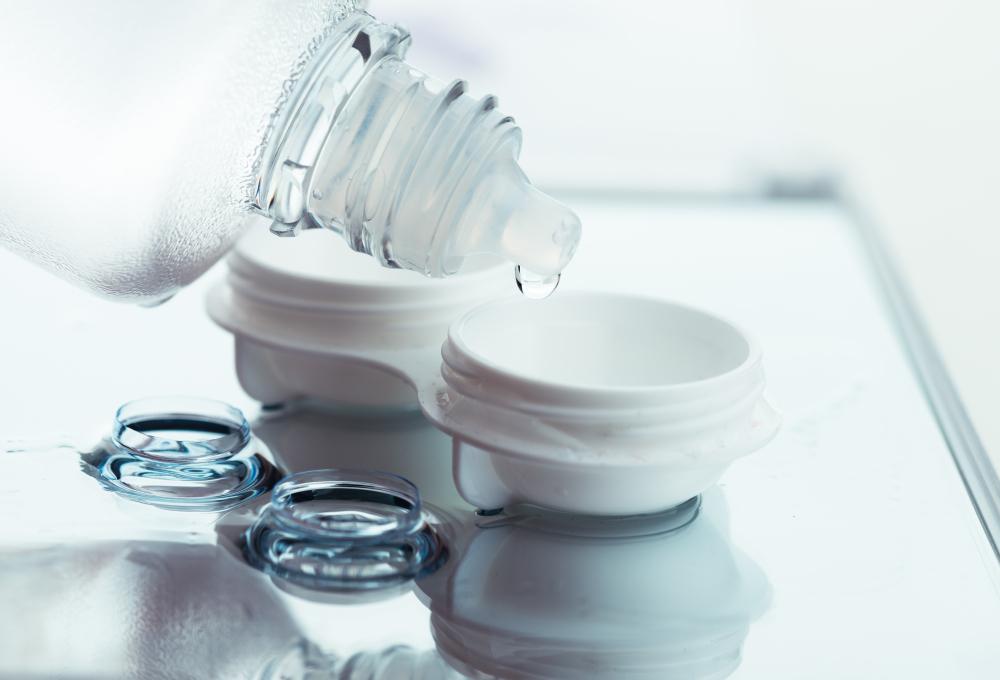Welcome to your comprehensive guide to transitioning from glasses to contact lenses. In this guide, we will explore everything from the reasons behind making the shift to how to choose the most suitable pair of lenses, and from maintaining the hygiene of your lenses to recognizing and dealing with discomfort or problems. Our goal is to equip you with adequate knowledge and confidence, ensuring a smooth transition from glasses to contact lenses.
Contacts provide great convenience and freedom for those who are tired of dealing with foggy glasses or who simply want a change. However, there are many apprehensions and myths associated with contacts which can often deter people from making the switch. This guide aims to dispel these fears and provide relevant information based on your specific needs and lifestyle.
Making the Shifty-Eyed Switch: From Glasses to Contacts
Switching from glasses to contact lenses is a decision many people face at some point. Some individuals choose to make the swap for cosmetic reasons, seeing contacts as a way to alter their appearance subtly. For others, it’s more about convenience and comfort. Glasses can be cumbersome in many situations like physical activities or various weather conditions.
Despite the aforementioned reasons, making the transition can be intimidating, especially for new users. Questions about application, hygiene, and potential discomfort can be major hurdles. However, with a good understanding and appropriate care, these concerns can be managed effectively. Contacts can offer an unparalleled level of comfort and ease, once you get the hang of it.
Understanding Lenses: Types and Benefits
Contact lenses are not a one-size-fits-all solution; choosing the right type is crucial for your overall comfort and eye health. Lenses can be categorized on their wear time: daily, weekly, monthly, or extended wear lenses, and material wise, they can be soft or Rigid Gas Permeable (RGP).
Daily disposable lenses are hassle-free – used once and then disposed, eliminating the need for cleansing. However, they tend to be more expensive. On the other hand, monthly or extended wear contacts are more cost-effective, but require regular cleaning and proper storage. RGP lenses, although less comfortable initially, allow more oxygen to the eye, reducing dryness and providing clearer vision than soft lenses.
Choosing the right lens essentially depends on your lifestyle, budget, and comfort level. Consulting with an eye care professional can further assist in making an educated decision.
Eye First: How to Safely Apply and Remove Contact Lenses
Applying and removing your lenses safely and correctly is critical. Make sure you wash and dry your hands prior to handling your lenses to prevent potential contamination. To apply, place the lens on the tip of your index finger and with your other hand pull down your lower eyelid and place the lens on your eye. To remove, look upward and gently pinch the base of the lens together to lift it off your eye.
Mistakes often made involve handling lenses with unclean hands or using the wrong solution to clean your lenses. Both can lead to irritation or eye infections. Always ensure to use the correct cleaning solution and never use water or saliva, as it can harbour harmful bacteria.

Eye-Care Regimen: Cleaning and Storing Your Lenses
Without a doubt, maintaining lens hygiene is critical in ensuring the health and comfort of your eyes. Firstly, always clean your lenses with the prescribed solution after removal. Avoid using water as it may contain harmful bacteria. Also, ensure you replace the lens case every three months, and clean it with the lens solution, not water.
Poor lens care can lead to problems, such as eye irritation, redness, and severe discomfort. In extreme cases, it could lead to more serious conditions like corneal ulcers. Investing in good hygiene can save you from unnecessary discomfort and serious eye health complications.
Eye Health: Recognising and Attending To Discomfort or Problems
Understanding potential issues related to contact lens usage can prepare you for any future discomfort. Common problems include dryness, discomfort, redness, and blurred vision. While eye drops can remedy dryness, you should never ignore persistent issues. Symptoms like pain, extreme redness, sensitivity to light, or blurred vision need immediate medical attention.
Remember, while contacts can offer many benefits, your eye health must always come first. Never hesitate to seek professional assistance when encountering discomfort or problems.
Adapting To Your New Vision: Tips and Tricks
Switching to contact lenses involves a physical adaptation process, but it also involves a mental one. You might take some time getting used to handling your lenses, or your eyes might feel dry sometimes. Tips like starting with daily disposable lenses, keeping yourself hydrated, and taking breaks while using digital devices can help ease the transition.
Remember, everyone’s adaptation journey is different, and it’s okay to take time. Patience and consistent care can ensure a smooth transition from glasses to contact lenses.
In Vision: Maintaining a 20/20 Future with Contact Lenses
While contact lenses offer many benefits, staying informed about the long-term precautions is essential. For instance, never sleep wearing your contacts unless your optician approves. This could lead to infections or corneal ulcers. Ensuring regular eye check-ups, sticking to your lens replacement schedule, and maintaining good lens hygiene can secure a thriving future for your eyes with contacts.
Though contact lenses might pose potential risks if mishandled, with correct usage and regular eye care, they can be a safe and convenient alternative to glasses.
Conclusion
Embracing contact lenses might seem daunting initially, but once you understand the whys and hows, the journey can be eye-opening. Armed with this knowledge, you’ll be well-prepared for a successful switch from glasses to contacts. Remember, good eye health is the result of good practices and attentive care. So, set your sights on a seamless transition and a clearer vision – your eye-deal future awaits!